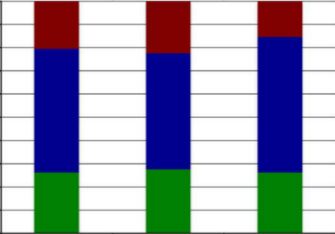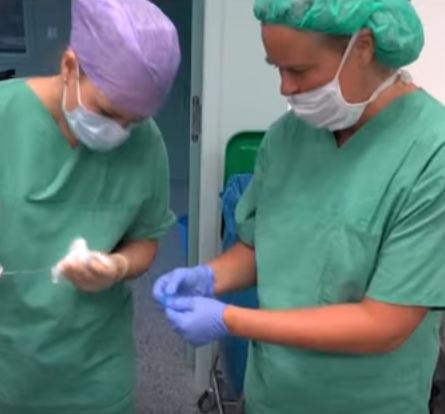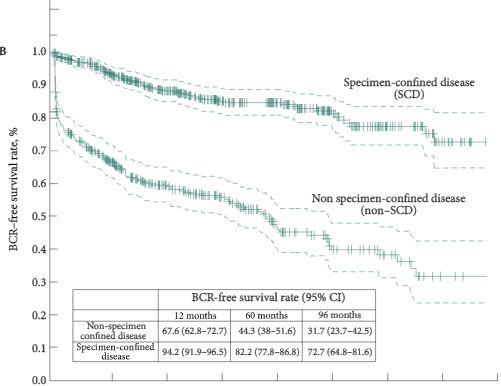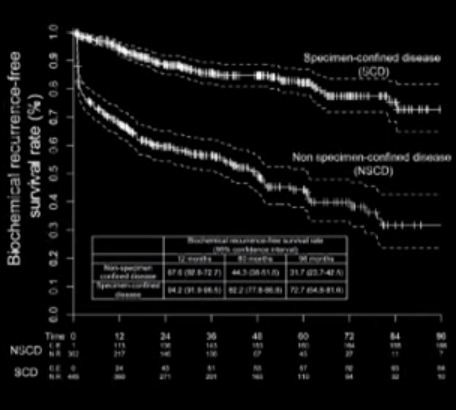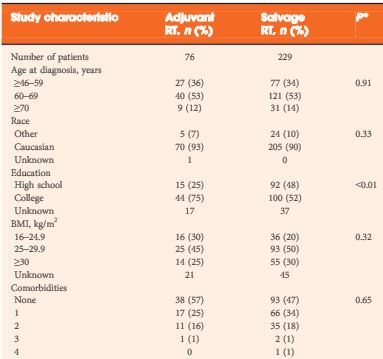Video: Penile lengthening and widening without grafting according to a modified ‘sliding’ technique
Penile lengthening and widening without grafting according to a modified ‘sliding’ technique
OBJECTIVE
To present the feasibility and safety of penile length and girth restoration based on a modified ‘sliding’ technique for patients with severe erectile dysfunction (ED) and significant penile shortening, with or without Peyronie’s disease (PD).
PATIENTS AND METHODS
Between January 2013 and January 2014, 143 patients underwent our modified ‘sliding’ technique for penile length and girth restoration and concomitant penile prosthesis implantation. It is based on three key elements: (i) the sliding manoeuvre for penile length restoration; (ii) potential complementary longitudinal ventral and/or dorsal tunical incisions for girth restoration; and (iii) closure of the newly created rectangular bow-shaped tunical defects with Buck’s fascia only.
RESULTS
In all, 143 patients underwent the procedure. The causes of penile shortening and narrowing were: PD in 53.8%; severe ED with unsuccessful intracavernosal injection therapy in 21%; post-radical prostatectomy 14.7%; androgen-deprivation therapy, with or without brachytherapy or external radiotherapy, for prostate cancer in 7%; post-penile fracture in 2.1%; post-redo-hypospadias repair in 0.7%; and post-priapism in 0.7%. In patients with ED and PD, the mean (range) deviation of the penile axis was 45 (0‒100)°. The mean (range) subjective penile shortening reported by patients was 3.4 (1‒7) cm and shaft constriction was present in 53.8%. Malleable penile prostheses were used in 133 patients and inflatable penile prostheses were inserted in 10 patients. The median (range) follow-up was 9.7 (6‒18) months. The mean (range) penile length gain was 3.1 (2‒7) cm. No penile prosthesis infection caused device explantation. The average International Index of Erectile Function (IIEF) score increased from 24 points at baseline to 60 points at the 6-month follow-up.
CONCLUSION
Penile length and girth restoration based on our modified sliding technique is a safe and effective procedure. The elimination of grafting saves operative time and, consequently, decreases the infection risk and costs associated with surgery.


